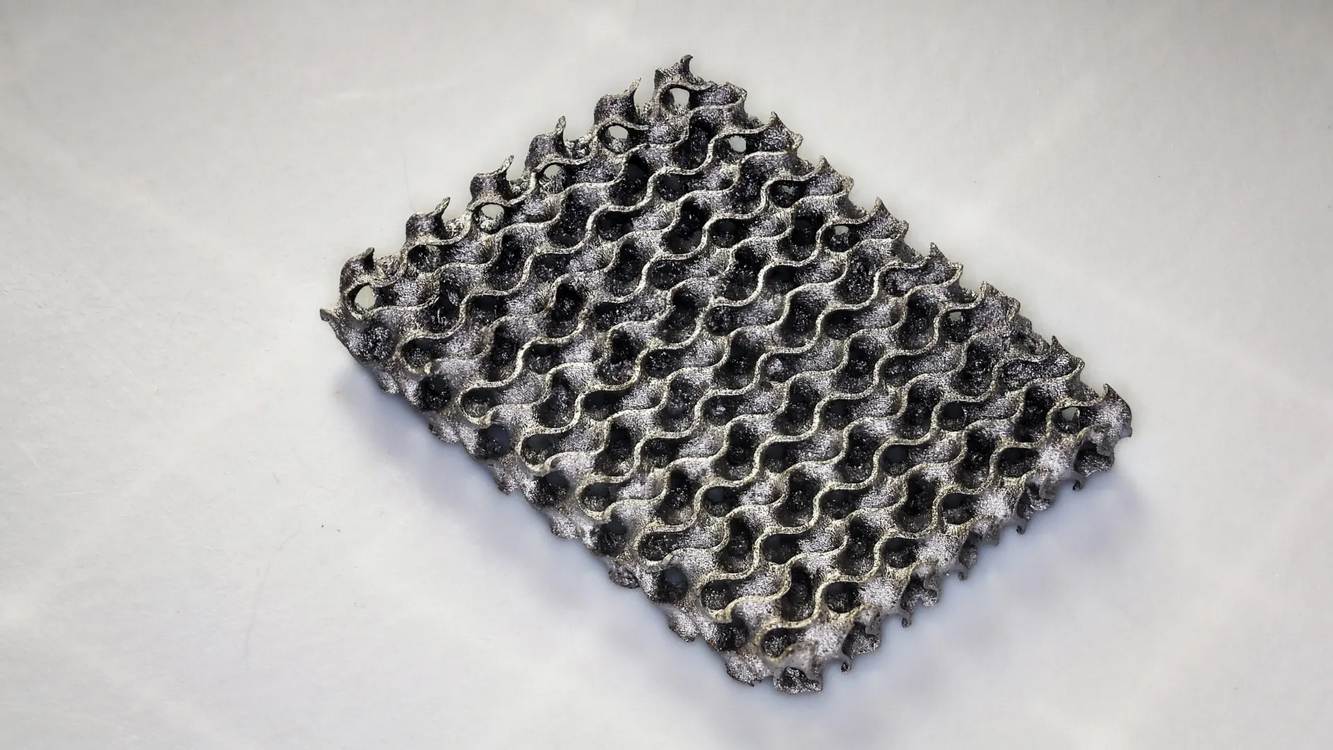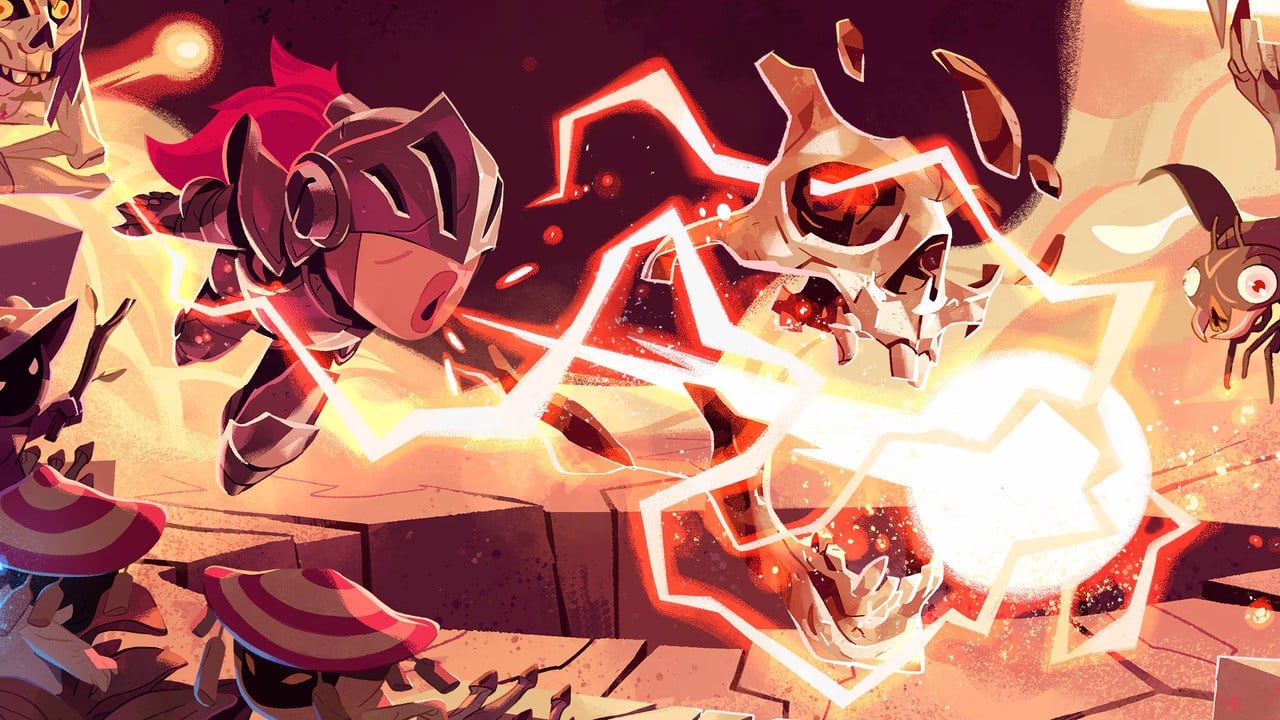Metal Gear Solid Delta: Snake Eater seemed to be designed specifically for me, at first. I’ve played and loved nearly every entry of the Metal Gear Solid series, and the original MGS is one of my favorite games of all time. These weird, third-person stealth action games feature bizarre characters and scenarios that have lingered in my memories through a consistent mixture of intricate political espionage and ridiculous action sequences. The only entry that I never managed to play was Metal Gear Solid 3: Snake Eater.
Delta is a modern remake of MGS3 that uses the same levels, cutscenes, voice lines, and performances, making it ideal for those who adored the earlier entries. Sadly, after hours of play, Delta often left me frustrated. You play as a more novice version of one of the series’ protagonists, Naked Snake, who is completely unequipped to deal with the scenarios before him. This makes sense from a story perspective, but it left me feeling as though I was playing with one hand tied behind my back. I also did not have the benefit of nostalgia to see me through this fog of annoyance.
Despite its incredible visuals, this is not an overhaul to the extent of recent remakes like Resident Evil 4 or Silent Hill 2. This is an almost shot-for-shot remake of the original Snake Eater (to not complicate matters, we won’t discuss the many different versions of Snake Eater and which is the definitive version). This means that you’ll experience it with warts and all.
You can miss equipment at crucial stages and melee combat works when the game decides (I can hit flying creatures with a torch but I can’t stab a snake with a knife). Healing makes as much sense as reading tea leaves. I could not tell you how or why Snake manages to heal, despite there being an entire mechanic cleverly dedicated to counter broken bones, bullet wounds, and so on. Snake can use a lit cigar to rid himself of leeches or bandages to stop bleeding, but these do not improve health bars so much as stop them from degrading. I don’t know what raises his health bars.
The game’s structure is part of why it feels dated. The levels are broken up by frequent loading screens that show how small they really are, making me feel like I was moving from one tiny fake set to another, rather than navigating a dense jungle. To be fair, that is how the original game works and, as noted, this is not a bottom-up remake. Nevertheless, these small levels feel at odds with the modern visuals.
I have no problem learning a game’s systems through trial and error, especially when loading is lightning fast (the PS5’s SSD has no doubt saved many a potential broken controller). But I felt constantly unprepared in Delta. The early hours saw me frequently reloading a level due to a sudden introduction of landmines, a distinct inability to see or detect enemies, and uninspired boss fights. These all threw me off and made me roll my eyes when I had to come back. The game and I were just not clicking. The versions of Snake I saw in cutscenes felt like a different character in my useless hands during gameplay.
To be clear, Snake feels incredible to control, akin to the Snake in 2015’s Metal Gear Solid V: Phantom Pain, the most recent entry in the series. He responds immediately to controls, directional movements are twitch perfect, and shooting and fighting felt, well, solid. It was also lovely to hear Snake’s English voice being performed by series original David Hayter, whose over-the-top action hero growling once again works perfectly. His performance straddles the line between the ridiculousness of B-grade action flicks and the slick, big-budget productions of a John Wick film.
Snake does eventually start growing his large arsenal of gadgets and weapons, and learning when and how to use these various gadgets does prove to be part of the joy of the game. But I never felt like I truly understood how and when to use the various gear, which ranges from a weird sonar detector to a crocodile helmet.
For example, moving through a base near water means you could don a crocodile helmet pretending to be said animal, until you find a ledge, climb on top, and quietly deal with various guards. However, despite wearing the helmet, I was immediately spotted in one instance, bringing a whole level of enemies on top of me. Another area required me to sneak into a base, but it was surrounded by an electric fence and landmines, which proved impossible to spot because I had missed out on a landmine detector earlier in the game.
Until I obtained thermal goggles, spotting enemies was a nightmare. I found some success by using the game’s remarkable camouflage system (which allows Snake to wear different outfits and body paint to blend into the immediate environment) that renders him almost invisible to enemies. This meant, if I stumbled on an enemy, I had a higher chance of not being immediately spotted.
The game calls for slow, methodic movement in terrain that can prove hostile, with aforementioned mines, poisonous animals, guard dogs, and so on all trying to find ways to kill you. The game felt more like a collection of puzzles than fully realized environments like in past games, and this structure just never clicked with me.
The story did, however. It is a delightfully convoluted mess that anyone who has played a Metal Gear game will expect. Snake has been sent to a remote jungle location during the Cold War to stop a Very Big Machine from nuking the world. High-ranking government officials from Russia and the US are vying for power but prove vulnerable to some powerful military offshoot who is trying to take control. There’s backstabbing, twists, and the usual reflection on war, technology, conquest, and the horror of power. Series creator — and the original Snake Eater’s director and writer — Hideo Kojima has been obsessed with these themes for decades. It was actually touching to see his name in the credits and displayed prominently, despite his infamous fallout with Konami.
Without the benefit of nostalgia, my perspective — that is, someone who is experienced with all the other Metal Gear games but has not touched this one — puts me in a weird space. The gorgeous visuals and eccentric story make it appear like a perfect fit for me. But Delta left me feeling frustrated in its (deliberately designed) helplessness and old-school structure. It left me wanting to be anywhere else rather than in the jungles with that beloved weirdo Snake.
Metal Gear Sold Delta: Snake Eater launches on August 28th on the PC, PS5, and Xbox.
Source link



